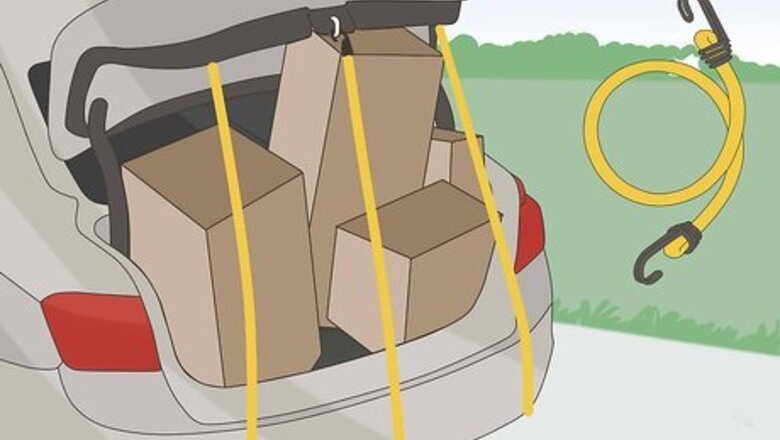
views
Car and Travel
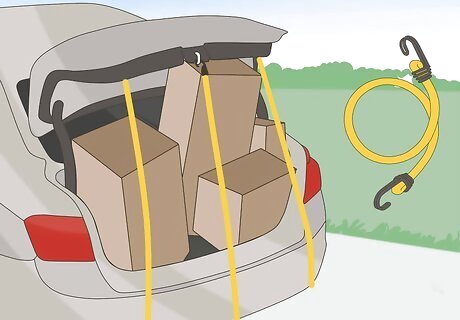
Hold a vehicle’s trunk closed with a bungee cord to transport oversized items. Pull your trunk down gently as far as it will go over a load of something like lumber or a bike that’s sticking out of your trunk. Hook one end of the bungee cord through the trunk’s latch, then hook the other end underneath the rear bumper or around a piece of metal on the vehicle’s undercarriage. It’s a good idea to do a test drive around the block after closing your trunk using this method, then get out and double-check the bungee cord to make sure the load is really secure. That way, you won’t be in for a surprise when you get on a busier road!
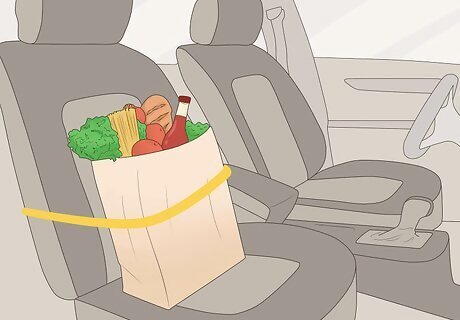
Place a bungee cord across bags in your car to hold them steady. Place a bag in the passenger seat and wrap a bungee cord tightly around the bag and the seat. Hook the ends of the cord together to keep the bag still while you’re driving, so you can focus on the road without worrying about groceries spilling everywhere! You can also keep items from moving around in your trunk by hooking the ends of a bungee cord to the cargo loops on opposite sides inside the trunk, so that the cord supports and braces things like boxes or bags.
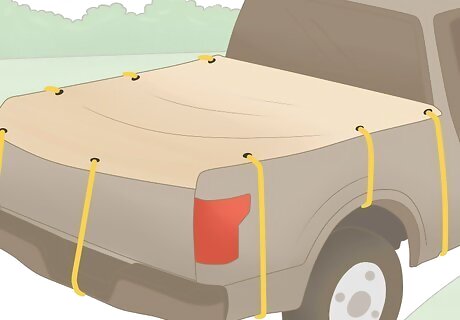
Tie down tarps using bungee cords to protect items against the elements. Place a tarp over anything you want to protect against rain and other bad weather, such as a stack of lumber in your truck. Hook bungee cords through the eyelets on the tarp and hook the opposite ends to something secure, such as the underside of your truck bed. You can also use this technique to create a rain shelter if you’re camping. Just hook bungee cords through the eyelets of a tarp and wrap them around different tree trunks or branches to stretch out the tarp, then hook the other ends through the same eyelets to secure the cords around the trees.
Around the Home
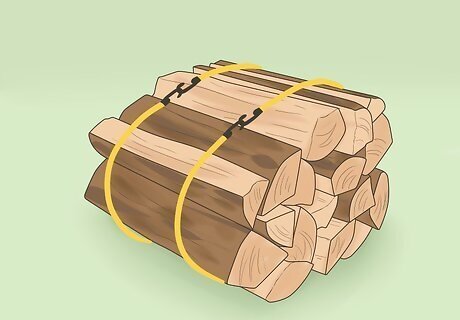
Wrap bungee cords around bundles of things to keep them neatly together. Gather together a bundle of something you want to secure, such as firewood, long-handled tools, or rugs. Loop a bungee cord around the middle of the bundle enough times to hold it together tightly, then hook the ends of the bungee cord together to secure it in place. Other bundled things you might try holding together with a bungee cord include hoses, extension cords, and lumber. Anything you are having trouble keeping together in a neat pile or bundle may be a candidate for a bungee cord!
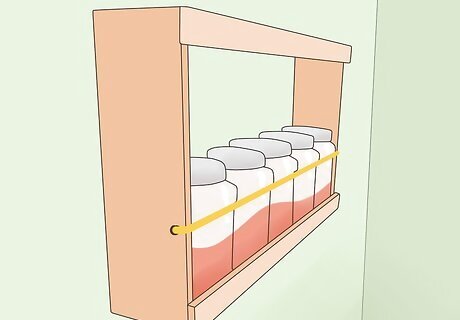
Stretch a bungee cord across an open shelf to prevent items from falling off. Put a nail, screw, hook, or loop into the wall or the shelf itself on either side of the items you want to secure. Hook one end of a bungee cord to the nail, screw, hook, or loop on one side, then stretch it across the items on the shelf and hook it to the hardware on the other side. For example, if you have a shelf full of cleaning products in your garage or in a storage closet, you could use this technique to help keep them in place and prevent them from falling down when you’re rummaging through them looking for something.
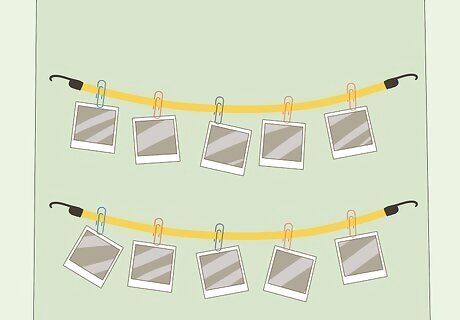
Hang light items from bungee cords to tidy up or decorate. Stretch a bungee cord across a wall between 2 screw hooks, eyelets, nails, or screws inserted into the wall. Use hooks or clips to fasten lightweight items to the bungee cord, such as bags or purses, decorative towels, artwork, or anything else light that you want to organize or display. For example, you could use some S-hooks to hang lightweight brooms and other cleaning supplies from a bungee cord stretched across your garage wall. Put 1 end of the S-hook through the eye in the handle of the broom or other item, then hook the other end over the bungee cord.
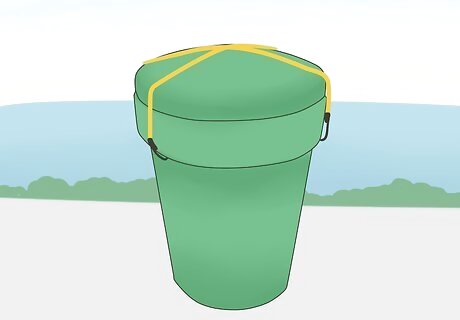
Keep garbage can lids closed tightly by stretching a bungee cord over them. Hook one end of a bungee cord underneath the handle or edge of the trash can on one side. Pull it across the top of the trash can lid and hook the other end onto the handle or edge on the opposite side. You can also keep outdoor trash cans from blowing over in the wind by placing a bungee cord across the front of the trash cans and hooking the ends around screw hooks, nails, screws, or screw loops in a wall on either side of the trash cans. This could also be a handy solution if you have neighborhood pests like raccoons that are getting into your trash cans!
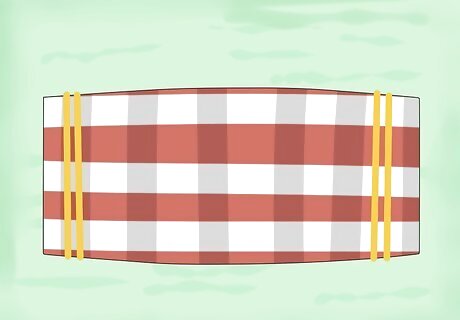
Prevent outdoor tablecloths from blowing away with a pair of bungee cords. Hook one end of a bungee cord over the tablecloth and the edge of the table, from underneath the table, at one end of your outdoor dining table. Stretch the cord underneath the table and hook the other end onto the other side of the table and tablecloth. Repeat this with another cord at the other end of the table. This is a great way to prevent dining disasters if you’re hosting an outdoor barbeque or other meal on a windy day, for example.
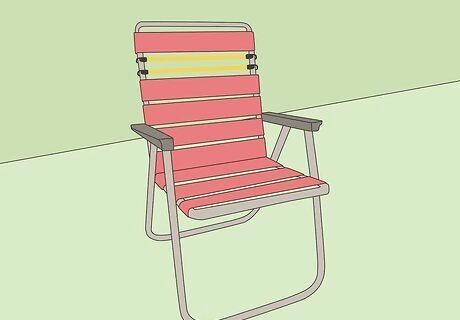
Fix a missing strap or support in a piece of furniture with a bungee cord. String bungee cords across something like a lawn chair where it is missing a seat support or back support strap. Weave the cord underneath and over top of the existing straps if the furniture has a lattice weave pattern of straps and supports. You can even make bungee cords the focal point of a piece of furniture by weaving cords over and under each other across something like a chair frame that doesn’t have any existing straps for a fun DIY furniture project.
Creative Uses
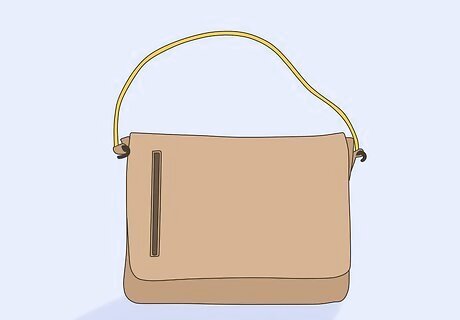
Replace broken straps on bags with a bungee cord in a pinch. Remove the broken strap from the attachment points. Hook both ends of a bungee cord around the attachment loops or rings and use it to carry your bag. This isn’t really a permanent solution, but it could save the day if you’re out and about and the strap on something like a shoulder bag or tote bag breaks.
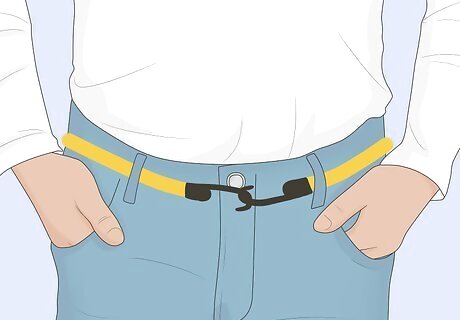
Hold your pants up in an emergency with a bungee cord. Wrap a single bungee cord through your belt loops and hook the ends together if you don’t have a belt handy. Hook a pair of bungee cords over your shoulders and to your front and back belt loops to create a pair of makeshift suspenders. You could also do this to hold up an old pair of jeans when you’re cleaning your home or doing yard work if you don’t want to risk damaging or getting a belt dirty. It doesn't look fancy, but it does the trick!
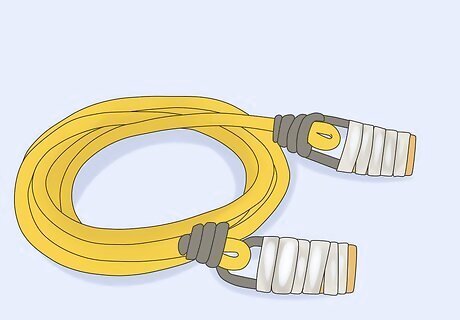
Use a bungee cord instead of an exercise band. Drill holes big enough for your bungee cord’s hooks into a pair of wooden dowels or plastic rods, then hook the ends of the cord through the dowels or rods to make handles. Cover the hooks in 3-4 layers of duct tape as an alternative to create makeshift handles. You can use a bungee cord for any workouts you need an exercise band for, such as bicep curl resistance band exercises. You could also hook the ends of a bungee cord over something like a broom handle to create a single long handle to work out with.

Wrap a bungee cord around a yoga mat to keep it tightly closed. Roll your yoga mat up tightly, then wrap a bungee cord around it enough times to keep it cinched closed. Hook the ends of the bungee cord together to hold it in place. You could even try cinching your mat closed at both ends with bungee cords, then hook the ends of a third cord over both of those to create a makeshift shoulder strap for toting your mat around town.
















Comments
0 comment